Vomiting, or emesis, is a survival reflex many animals use to expel harmful substances from their bodies. However, some animals lack this ability, relying on alternative methods to handle toxins. This article explores which animals cannot vomit, the biological reasons behind this limitation, and their survival adaptations.
Not all animals are equipped with the reflex or physical structures to vomit. The most well-known examples include:
Rats and Other Rodents:
Rats lack the necessary brainstem neural pathways to trigger vomiting. Additionally, their esophageal muscles are weak, and their diaphragm does not contract in a way that facilitates emesis.
Rabbits share a similar limitation due to their gastrointestinal anatomy, preventing them from reversing the movement of their stomach contents.
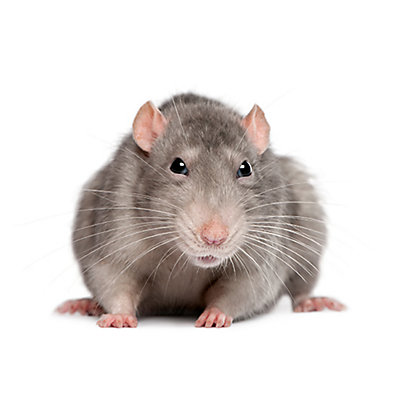
Horses:
Horses have a very strong lower esophageal sphincter, which acts as a one-way valve. This prevents stomach contents from moving upward. Additionally, the anatomy of their digestive tract, including the sharp angle between the esophagus and stomach, makes vomiting physically impossible.
This limitation makes horses susceptible to colic, a potentially life-threatening condition caused by gas buildup or blockages in their intestines.
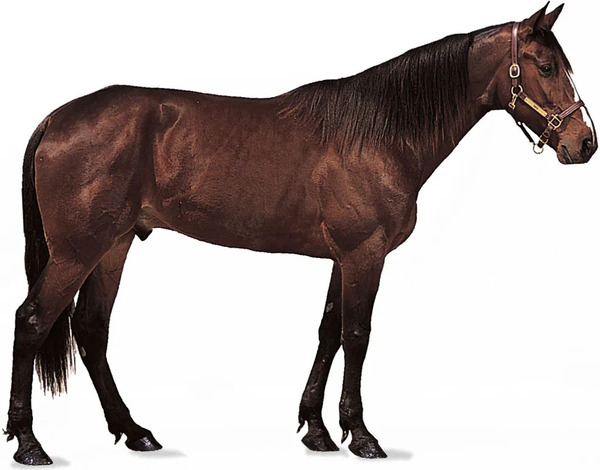
Frogs:
Interestingly, frogs cannot vomit in the traditional sense. Instead, if they need to expel something harmful, they may evert (turn inside out) their stomachs, essentially "cleaning" their insides.
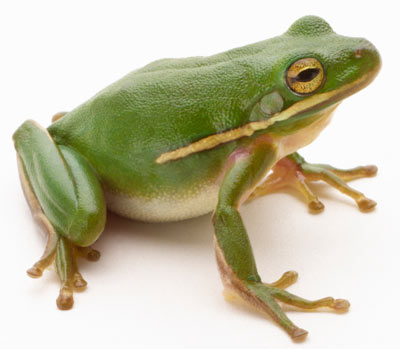
Snakes:
While snakes can regurgitate their food if necessary, they cannot vomit in the typical sense. Regurgitation is more controlled and usually occurs when the snake feels threatened and needs to lighten its body to escape quickly.
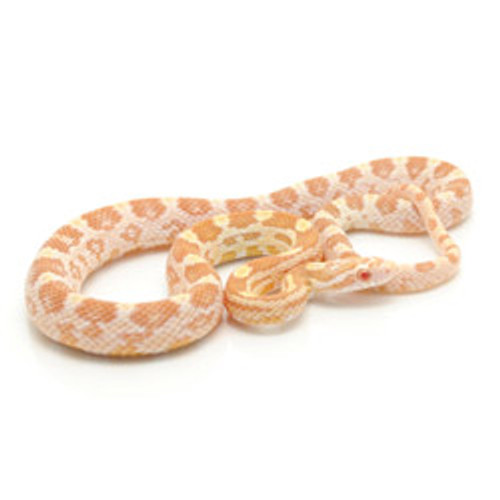
Marine Mammals:
Certain marine mammals, like dolphins and whales, are believed to have limited vomiting capabilities due to their specialized esophageal anatomy, though they have other ways to deal with ingested toxins.
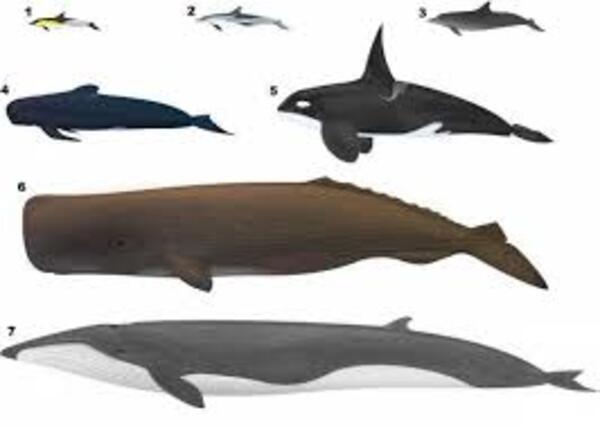
The inability to vomit is rooted in a combination of anatomical and neurological factors:
Brainstem Reflex Absence:
Vomiting is controlled by the brainstem, which coordinates signals between the stomach, diaphragm, and esophagus. In animals like rats, this neural pathway is underdeveloped or entirely absent.
Esophageal Sphincter Strength:
The lower esophageal sphincter (LES) is a muscle that prevents stomach acid from moving upward. In animals like horses, the LES is so strong that it acts as a one-way valve, making vomiting impossible.
Digestive System Anatomy:
Some animals have digestive systems designed to process food and toxins differently. For example, rats rely on their liver to break down toxins, reducing the need for emesis.
Evolutionary Adaptations:
The inability to vomit may have evolved as a trade-off for other physiological advantages, such as efficient digestion or protection against esophageal damage.
Animals that cannot vomit have developed alternative survival strategies to deal with harmful substances:
Selective Eating:
Rats have highly sensitive taste buds and olfactory senses, which allow them to detect and avoid potentially toxic foods.
Detoxification via the Liver:
Many non-vomiting animals rely heavily on their liver to metabolize and neutralize toxins before they can cause harm.
Rapid Gut Transit:
Instead of vomiting, these animals may quickly pass toxins through their digestive systems, minimizing absorption.
Behavioral Adaptations:
Horses, for instance, are grazers and tend to consume small amounts of food over long periods, reducing the likelihood of ingesting large quantities of harmful substances.
While the inability to vomit has its evolutionary benefits, it also poses significant risks:
Toxin Accumulation:
If a rat or horse consumes something toxic, they cannot expel it through vomiting, making them more susceptible to poisoning.
Colic in Horses:
Horses are particularly vulnerable to digestive issues. Colic, caused by gas or blockages, can become life-threatening if not treated promptly.
Limited Survival Strategies:
In some scenarios, not being able to vomit may reduce an animal’s chances of survival if they ingest harmful substances.
In contrast to non-vomiting species, animals that can vomit use this reflex as a defense mechanism:
Toxin Expulsion: Vomiting removes harmful substances before they can be absorbed into the bloodstream.
Illness Management: Many animals vomit as a response to illness, such as a bacterial or viral infection.
Adaptation to Scavenging: Scavengers like vultures can eat potentially toxic carrion and vomit if they consume something harmful.
The inability to vomit is a fascinating example of how animals adapt to their environments and physiological constraints. From rats and horses to frogs and snakes, these species rely on alternative mechanisms to handle toxins and protect themselves. Understanding their unique anatomy and survival strategies not only highlights the diversity of life but also underscores the delicate balance of evolution.
By studying animals that cannot vomit, we gain deeper insight into the complexities of nature and the ingenious ways organisms adapt to survive in their ecological niches.
animal tags: Snakes
We created this article in conjunction with AI technology, then made sure it was fact-checked and edited by a Animals Top editor.